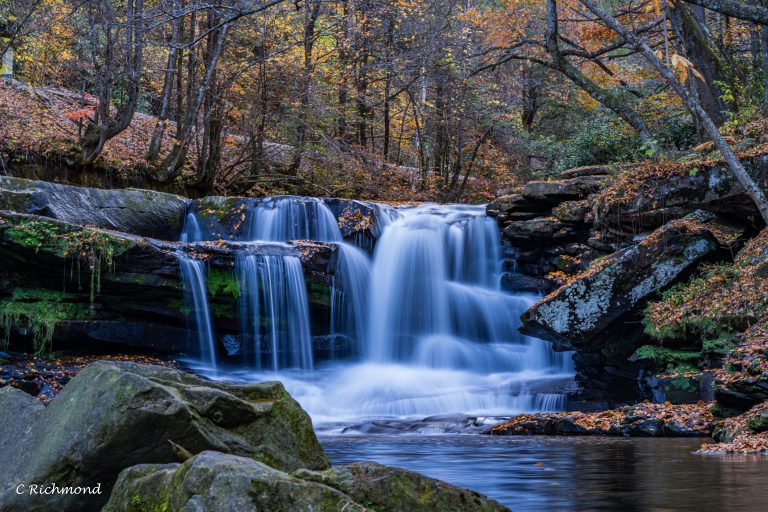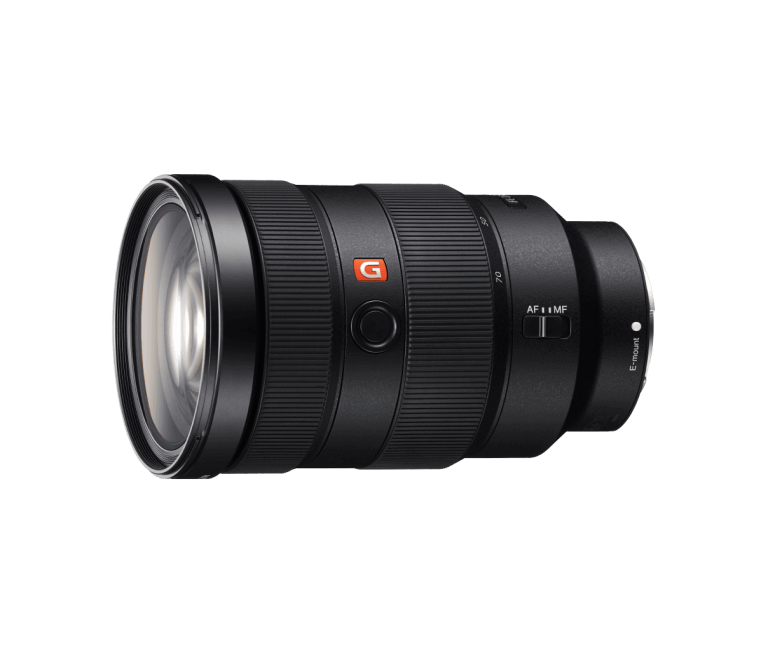What are Leading Lines in Photography?
Leading lines have the power to guide the eyes of those viewing your photographs. They act as silent narrators, providing a path for the viewer’s gaze, and playing an indispensable role in composing a captivating image. For budding photographers, understanding and effectively utilizing this concept can be the leap from snapshots to striking photographs.
Understanding the Components of Leading Lines

Definition and Importance
At their core, leading lines are visual guides. They direct attention, emphasize the subject, and add depth and context. A photograph without direction can leave the viewer disoriented, but leading lines provide clarity and intention to the composition.
Different Types of Leading Lines
Leading lines aren’t limited to straight paths. They encompass curves, diagonals, and even patterns. Each type carries its own emotion and story. For instance, while a straight road might speak of journeys and destinations, a meandering river could suggest leisure and unpredictability.
Historical Context of Leading Lines
Historically, leading lines have been used in various forms of visual art, including paintings and sculptures. Renaissance artists, for instance, employed linear perspective to create depth and dimension in their works.
How Leading Lines Affect the Final Photograph

Enhancing Depth and Perspective
They’re the bridge between the foreground and background, providing a sense of three-dimensionality. Leading lines can make landscapes vast, and confined spaces seem expansive.
Creating a Focal Point
Leading lines serve the narrative. They’re the subtle pointers that ensure the viewer’s attention gravitates towards the central theme or subject, making the story of the image loud and clear.
Evoking Emotions and Atmosphere
The orientation, type, and context of leading lines can evoke various emotions. Vertical lines might convey strength, horizontal ones calmness, and diagonals might suggest dynamism or conflict.
Tips and Tricks with Leading Lines
Sometimes, the best leading lines are those that are implied or broken. They don’t have to be continuous or blatant. Shadows, light streaks, or even the gaze of a subject can act as leading lines.
Utilizing Leading Lines Across Different Photography Genres

Landscape Photography
The natural world offers abundant leading lines. Valleys, mountain ridges, and coastlines can all be harnessed to draw the viewer’s eye through the frame, creating a sense of journey and exploration. As you can see above, the creek leads your eyes towards the waterfall.
Portrait Photography
Backgrounds, props, or even the pose of the subject can serve as leading lines in portraits. For instance, the tilt of a head, the direction of a gaze, or a pointing hand can subtly direct attention.
Wildlife and Sports Photography
Anticipation is key here. The trajectory of a bird in flight or the path of a sprinting athlete can serve as dynamic leading lines, making the image pulsate with energy.
Street Photography
Everyday scenes, when observed with a keen eye, reveal numerous leading lines. The alignment of parked cars, the convergence of roads, or the rhythm of lampposts can enhance street shots.
Macro Photography
In this world of minute details, leading lines often come from the contours and textures of subjects, like the intricate patterns on an insect’s wing or the curve of a petal.
Astrophotography
In the vast canvas of the night sky, shooting stars, planet trajectories, or the Milky Way can serve as celestial leading lines, guiding viewers through cosmic wonders.
Architectural Photography
From the symmetry of modern skyscrapers to the grand arches of historical edifices, architecture is rife with leading lines that emphasize design and grandeur.
Challenges and Solutions with Leading Lines
While leading lines are a powerful tool, they can sometimes be overused or misplaced, leading to cluttered compositions.
Conclusion: Embracing the Magic of Leading Lines
Leading lines are more than just compositional elements; they’re storytellers, guides, and the silent pulse of an image. For every photographer, from the mother capturing treasured family moments to the enthusiast looking to delve deeper into the art, mastering leading lines is an enriching journey.






